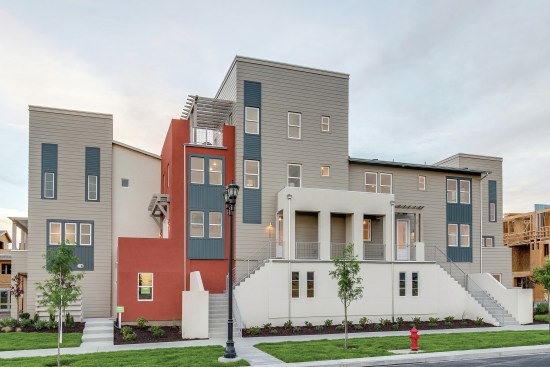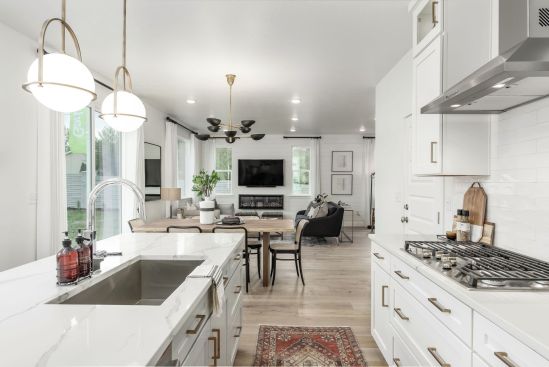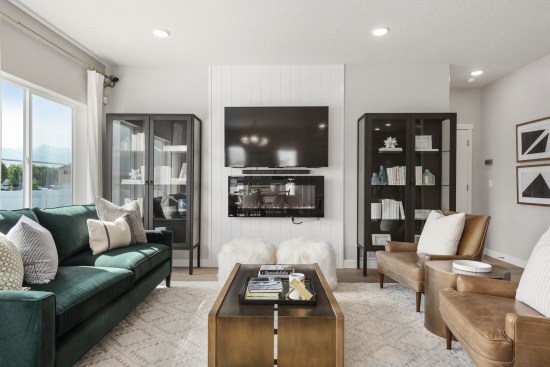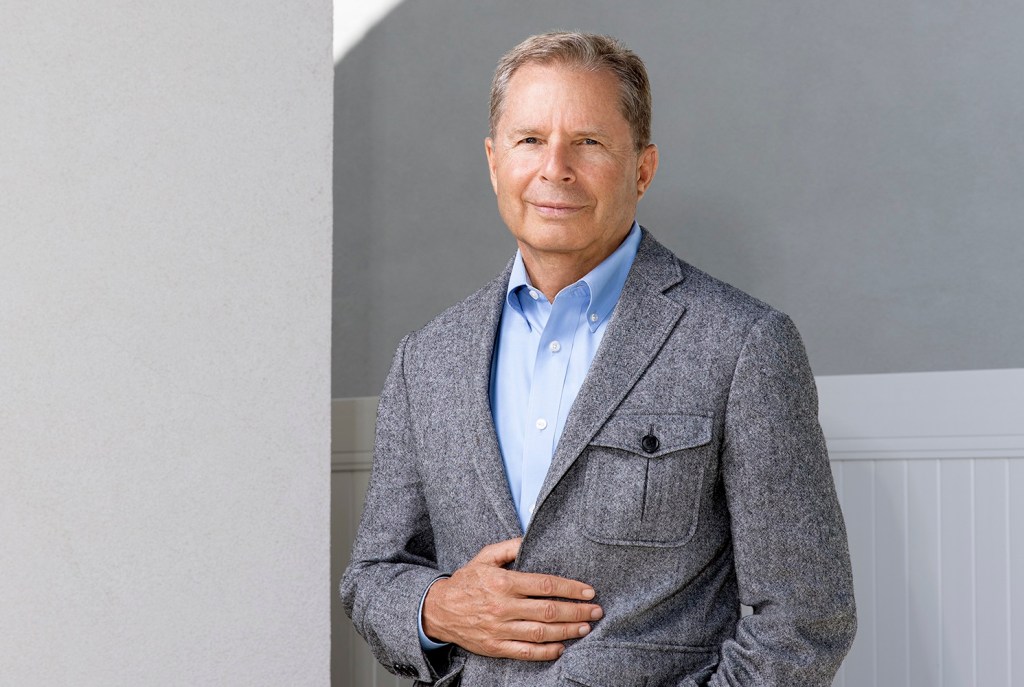“A pretty boring guy” is how Bryson Garbett refers to himself, but his 47-year career as a home builder in Utah, starting as an 18-year-old framer, certainly hasn’t been dull. Salt Lake City–based Garbett Homes, which he founded after graduating from the University of Utah, is one of the state’s largest and most innovative home builders, with more than 5,000 homes and apartments in 30 communities sprinkled along the Wasatch Front.
Bryson Garbett
Firm: Garbett Homes
Location: Salt Lake City
Founded: 1988
No. of Employees: 43
These aren’t just any homes. Garbett builds zero energy ready homes, uber-energy-efficient houses that can offset almost all energy consumption with renewable energy (just add solar panels). The homes’ contemporary style paved the way for other builders to step away from cookie-cutter design.
“Our contemporary design is really an immigrant from Mexico,” explains Garbett, who founded the nonprofit Foundation Escalara, which has built 180 schools to help kids out of poverty in Mexico, after his wife and eight kids spent their Christmas vacation on a mission trip to a small Mexican village in 1997. In 2006, Garbett built an upper-middle-class community in Queretaro, Mexico, that garnered a lot of attention from buyers in Utah who saw the contemporary homes on the firm’s website. When the Great Recession hit, Garbett took a good, hard look at what his company could offer that no one else could—and modern, comfortable, sustainable homes was the answer. “We took that leap,” he says.

PARKWAY STATION: These three-story, zero energy ready townhomes are walkable to dining, shops, and entertainment.
Garbett and KTGY Group Architecture + Planning together created the Solaris Collection at Daybreak, super-tight, solar-powered and geothermal homes with HERS ratings under 40 (in Climate Zone 5) within a 4,000-acre sustainable master planned community in South Jordan, Utah. The homes turned heads with their modern exteriors, fiber cement siding, and vibrant color palette—groundbreaking design in Utah in 2013.
Over the years, Garbett’s home design has evolved and adapted to Utah’s heavy snow load, which isn’t ideal for flat roofs. All of Garbett’s for-sale product is now contemporary (with the exception of municipalities that won’t allow it). The homes are simple, built with quality materials, and stand out for their generous fenestration. “For energy efficiency, that’s not necessarily your friend,” Garbett says, “but for light and livability and for the design, it’s very important.”

WYNWOOD: This zero energy ready home community includes 126 single-family homesites with prices from the $400s.
For Garbett, building sustainable homes is about a lot more than solar panels, tankless water heaters, and HERS scores. “It’s about livability, about health,” he says. “All our homes have fresh-air systems because they’re so tight. We’ve had reports from buyers that they’ve been able to get rid of their inhalers when they’re in our homes.”
Green building and healthy homes are slowly catching on in Utah, Garbett says, but his firm is still the only production builder in the state that provides HERS scores on every home it sells. It’s like shopping for a car that saves gas and having only one manufacturer provide mile-per-gallon ratings, he says, adding that the Utah Foundation predicts that as cars become more energy-efficient, homes will become the state’s largest polluters. Home buyers are starting to catch on, if sales at Garbett’s recent developments Granite Legacy and Wynwood—where home buyers camped out for two nights to be the first in line for the grand openings—are any indication.

GRANITE LEGACY: This high-performance, sold-out community of 75 homesites features four rambler and two-story home plans.
“As far as green building goes, that’s going to happen, I believe,” Garbett says. “But I’ve believed that for a long time, and it really hasn’t caught on. For home buyers, a certain amount of education has to go into it—that it’s not just the home you buy, but what it costs to operate it and how comfortable it is. Now there’s a good portion of the population that wants that. Not the majority, though.”



